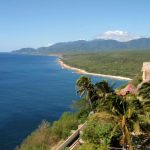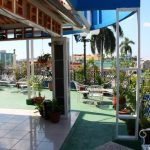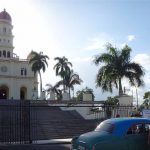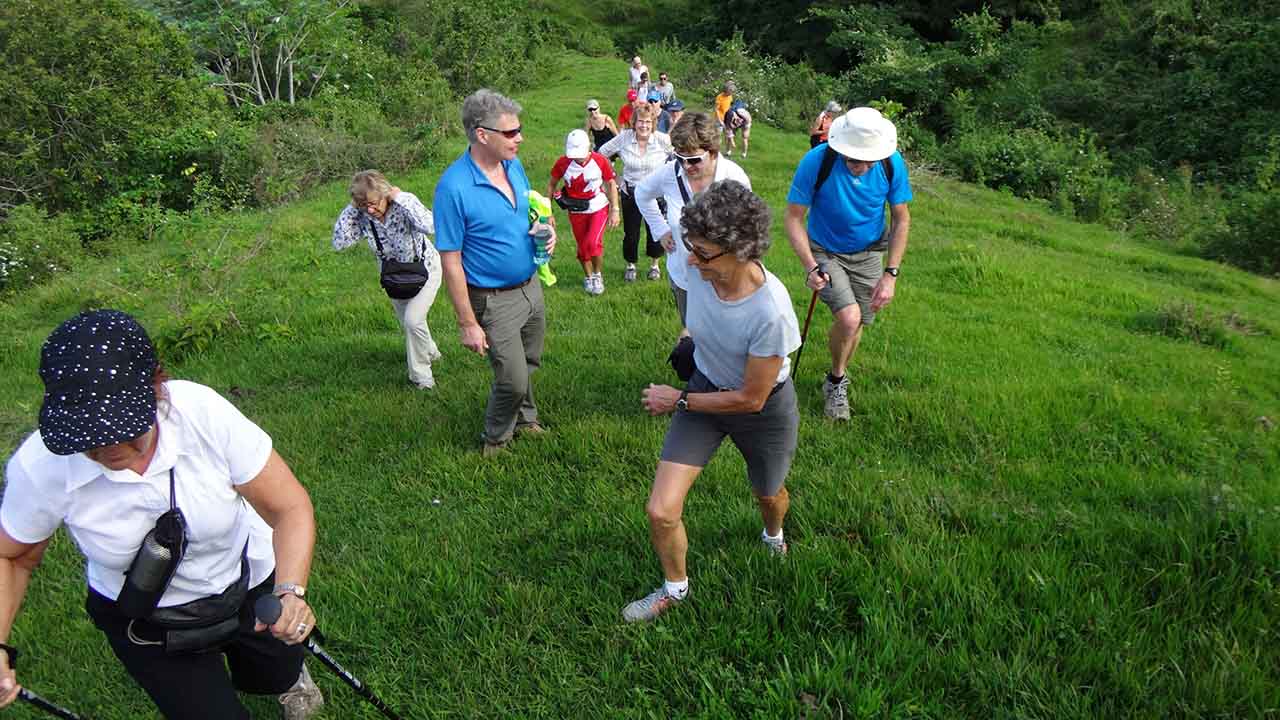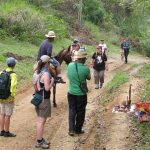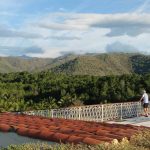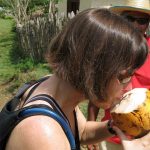Santiago de Cuba
You are here for our cycling tours in Cuba, but lets dig deeper
Located in eastern Cuba, Santiago de Cuba is a coastal city known for its colonial history. Santiago de Cuba was founded in the 16th century by the Spanish, and it is known as the Second City of Cuba. The heart of the city is the Parque Cespedes, a central plaza that is surrounded by a number of historical Spanish colonial structures. In more recent history, the plaza was where Fidel Castro famously declared the revolution a success in 1959. You can also explore the Castillo de San Pedro de la Roca, a 17th century fortress overlooking the bay.
Places to keep in mind
You are here to ride your bicycle, and though there is plenty of that, here are some interesting spots. Many you will visit with us but maybe some are worth you taking your time while you are here.
- Santa Ifigenia Cemetery
- La Gran Piedra (The Big Rock)
- Céspedes Park
- Cathedral of Our Lady of the Assumption
- Parque de Baconao
- San Juan Hill
- Moncada Barracks
- Diego Velázquez Museum
- Castillo de San Pedro de la Roca o del Morro
Brief History
The history of Santiago de Cuba begins with Diego Velazquez de Cuellar, who founded Villa de Santiago de Cuba on July 25, 1515. Its nuclear foundation was distributed as it follows: at the centers the plaza, currently known as Parque Cespedes; surrounding it the Major Church, known as the Cathedral; the Government building, today city hall and occupied by the Museum of Historical Environment. The first expeditions for the conquest of the American continent departed from here.
In 1522, the first afro-descendent people arrived in the villa and their introduction continued during the XVI, XVII and XVIII century because the island needed workers. In 1599, due to the copper mining activity the Santiago del Prado Town was established and the cult to the Caridad del Cobre Virgin was born.
In 1791, the arrival of French settlers started. They settled down in the city and in the mountains, where they built a coffee emporium with the sweat and blood of thousands of black African people.
This city gave the independence wars men and lands that burned down under the flames of the insurrection, among them Antonio Maceo, Flor Crombet and Guillermon Moncada. The Lomas de San Juan were the scenery of the last battled between the mambisas, Spanish and American forces; the Santiaguera Bay witnessed the last naval battle, which left some visible vestiges that are now considered monuments of the past.
The Republic born on May 20th, 1902 wasn’t accepted by the local people. As the capital investments grew, so did the life of this city, that saw electrification, tramway system and aqueducts appear. Some negative events related to the economy of sugar production created long periods of unemployment.
The population’s discontent increased and grew among the youth. The events of July 26th, 1953 were a call for alert, as they created an organized movement that after years of preparation returned In December 1856 to finally make their goals a reality in January 1st. 1959.
